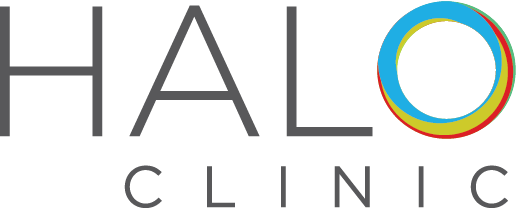Your Body’s Support
Our bodies require a lot of support. The good news is that the body’s necessary support is innate. Sometimes people will seek outside supports, such as orthotics and bracing, and at times these are clinically relevant. This article will focus on how your body supports itself.
In good stories, there are protagonists and antagonists. In healthy bodies, there are protagonist muscles that promote movement and antagonist muscles that perform the opposite function of the protagonist’s muscle. When these muscles are in proper balance, that indicates that we are balanced, supported and have ‘good’ posture.
An example of this muscle relationship is the forearm articulation relative to the arm that occurs at the elbow. When the biceps contracts, the triceps is inhibited, and the hand moves towards the shoulder. When the triceps contracts, the biceps is inhibited, and the hand moves away from the shoulder. The biceps causes flexion of the elbow, and triceps creates the extension of the arm at the elbow. What if the biceps and triceps fire at the same time? When the protagonist and antagonist muscles fire at the same time, this is a condition called dystonia.
Now if we look at the body, there are hundreds of articulating (moving) joints that we observe. For each joint to articulate it requires one or more agonists and one or more protagonists. The body and its joints do not move in 2 dimensions, so often more than one muscle is required to promote a movement.
The tone of these muscles provides the support necessary for us to move, to sit, to lie down or anything else where we sustain a position. When these muscles are healthy, have the right tone, and are conditioned, we move well. One indication of a healthy body is a healthy posture.
Posture problems associated with weak internal support by your muscles that we commonly see include (but are not limited to) the following:
- Hunchback
- Rounded Shoulders
- Head Forward Posture
- Low Shoulder
- Pelvic Tilt
- Sway Back
- Flat Back
- One Leg Stance

One of the ways we clinically describe muscle imbalance comes from Janda a physiotherapist from Prague. We call the one that causes problems with the head and neck Upper Cross Syndrome, and the one that affects the hips and pelvis lower cross syndrome. The Picture below describes the imbalances.

You do not have to live with “bad” posture. We work with many clients to help diagnose and treat their posture and muscle balance problems. It is rewarding to see our patients who were stooped and firm stand tall and move easier. It is worthwhile to see someone feel more confident because they feel better about their appearance.
We are here for you 100%. we would love to see you stand tall.
